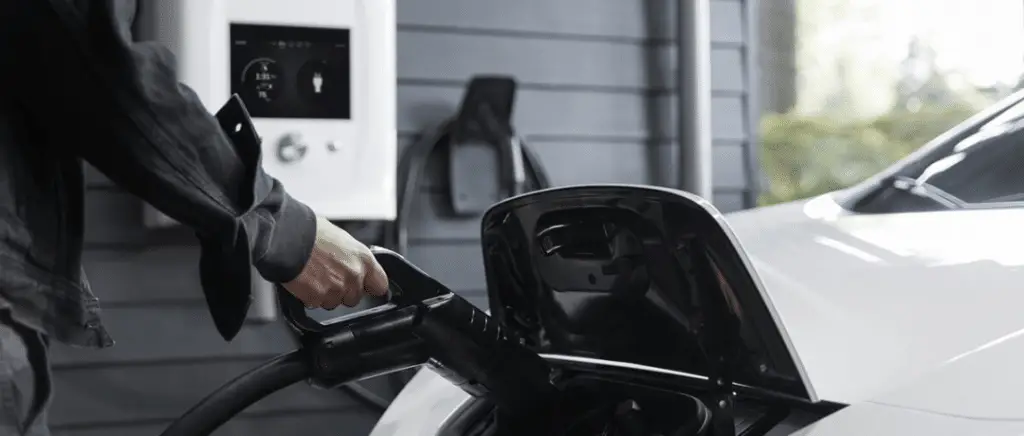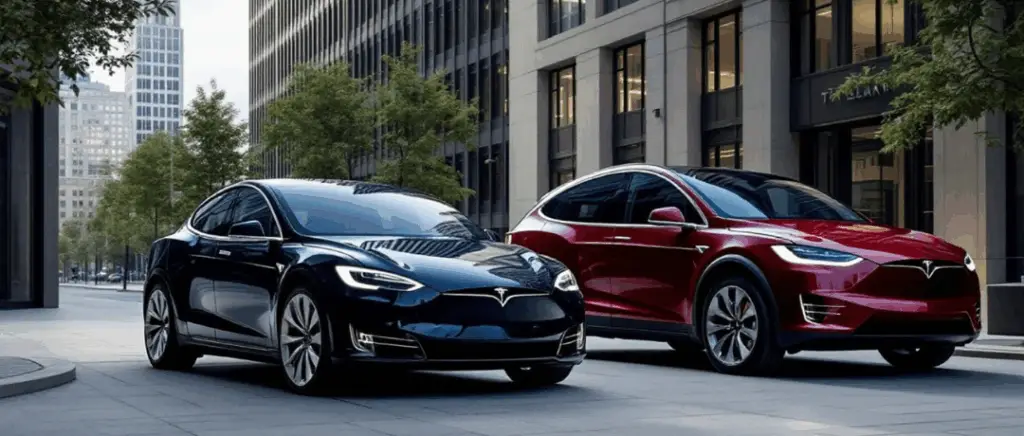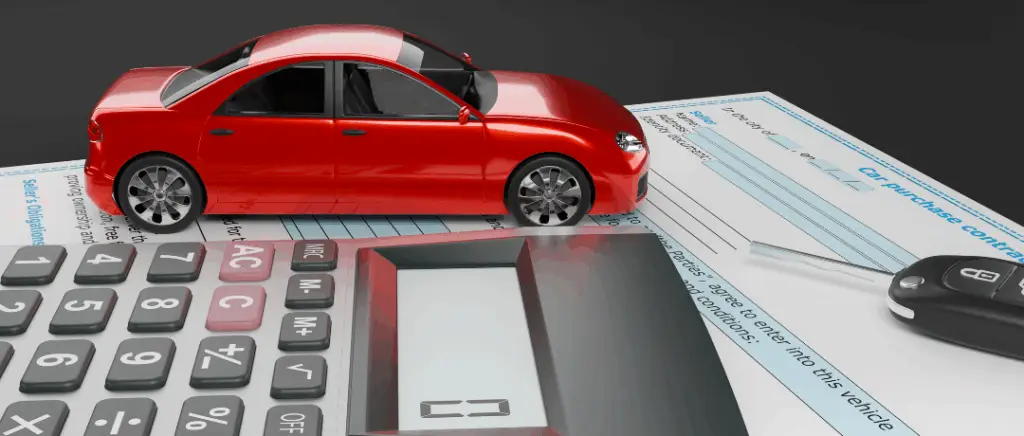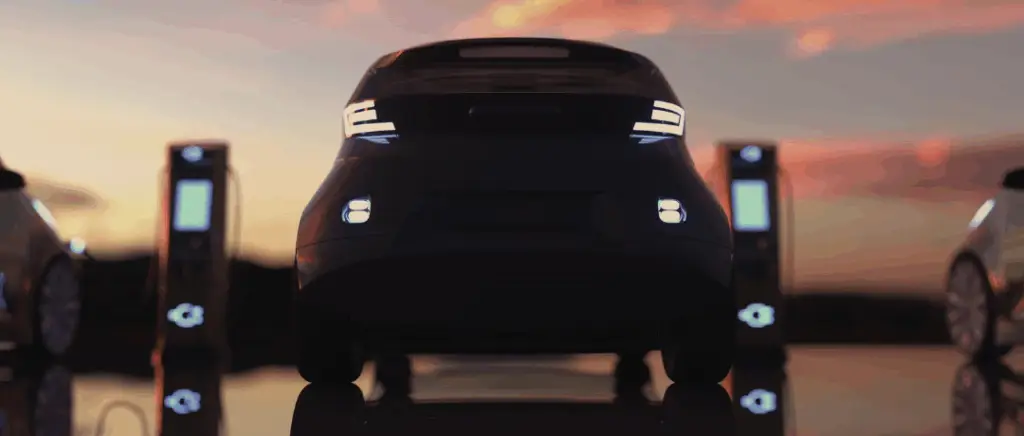Understanding electric recharging tariffs
The different types of tariffs
Rates may vary depending on a number of factors, including the supplier, the location of the terminal and the time of day.
Rates per kWh
Kilowatt-hour (kWh) tariffs are the most common. They charge for the energy consumed during charging, similar to domestic electricity bills. This type of pricing is transparent and easy to understand, as you only pay for the energy you use. Rates per kWh can vary considerably from one supplier to another, so it's important to compare the offers available to find the cheapest charging point.
Hourly rates
Hourly rates charge for the time you spend connected to the charging point, regardless of the amount of energy used. This type of charging can be advantageous for low-consumption vehicles or if you recharge during periods when hourly rates are reduced. However, it can become costly if your vehicle takes a long time to recharge. To optimise this cost, we recommend that you recharge when hourly rates are at their lowest.
What factors influence rates?
- Time of day : some suppliers offer reduced rates during off-peak hours (night or early morning).
- Location of charging point : charging points located in urban areas offer higher rates. Conversely, charging points on the outskirts of towns offer more attractive rates.
- Type of charging point : Fast charging points (DC) are more expensive than slow charging points (AC) because of their ability to charge vehicles in less time.
Subscriptions and top-up cards : many suppliers offer monthly or annual subscriptions with reduced rates for regular users (access to specific terminals, preferential rates).
To take advantage of lower rates, we therefore recommend that you schedule your recharging during off-peak hours. Many charging apps and services allow you to schedule your vehicle's charging at specific times, maximising savings. They help you locate cheaper charging points and identify the best options available. Finally, they provide detailed information on tariffs and charging point locations, enabling you to choose the most economical options.
Also read → How do you calculate the cost of electric recharging?
What are the strategies for negotiating preferential rates?
Using top-up cards and subscriptions
One of the most effective strategies for negotiating preferential rates for charging your electric car is to use charging cards and subscriptions. These tools can offer you reduced rates, simplified access to a network of charging points and other benefits that can considerably reduce your charging costs. Here's how to make the most of these options.
Reloading smart cards: how do I choose?
Charging cards, also known as RFID cards, are practical solutions for accessing a wide network of charging points at low rates. Several suppliers offer top-up cards with different offers and conditions. Here are a few points to consider when choosing your top-up card:
- Choose a card that gives you access to a large number of charging points, ideally in the areas you frequent most. The larger the network, the easier it will be to find an available charging point at competitive rates.
- Compare the tariffs offered by different cards. Some cards offer fixed rates per kWh, while others may offer monthly or annual subscriptions that include a certain number of kWh at a reduced rate.
- Look for cards offering additional benefits such as discounts on fast top-ups, preferential off-peak rates or loyalty bonuses.
The best offers on the market
Several top-up card providers stand out for their attractive offers and extensive networks. Here are some of the best options available:
Chargemap Pass is a very popular card in Europe. It offers access to more than 200,000 charging points in many countries. With transparent tariffs and special offers for members, it's an ideal option for electric vehicle drivers who travel frequently.
The map NewMotion is another excellent option, offering access to a vast network of charging points across Europe. NewMotion offers subscriptions with reduced rates for frequent users, which can considerably reduce your recharging costs.
Shell Refill offers home and roaming recharging solutions at competitive rates and with attractive subscription offers. Their network of fast-charging stations is particularly useful for those who need fast, efficient recharging.
By using these charging cards and subscriptions, you can not only benefit from preferential rates, but also simplify access to charging points. This allows you to plan your recharges more efficiently and economically, maximising the benefits of your electric vehicle.
Participate in loyalty and incentive programmes
As well as using charging cards and subscriptions, another effective strategy for obtaining preferential rates is to take part in loyalty and incentive schemes offered by charging station suppliers and energy companies. These programmes can offer substantial discounts, exclusive benefits and rewards for regular users.
Loyalty programmes are designed to reward regular users of top-up services. Here are some of the benefits these programmes can offer:
- Many loyalty schemes offer discounts on top-up charges for members based on frequency of use or volume of energy recharged.
- Loyalty scheme members can benefit from priority or reserved access to certain charging points.
- Loyalty programmes can include special offers and bonuses, such as free top-up credits, discounts and invitations to exclusive events.
How to Maximise the Benefits of Incentive Programmes?
Incentive programmes go beyond simple discounts and seek to encourage specific user behaviour.
Some incentive schemes reward users who adopt environmentally responsible practices, such as charging during off-peak hours or using renewable energy.
What's more, Some companies offer packages that combine top-up services with other products or services. For example, packages that include home and road charging with significant discounts can be very advantageous.
Finally, collect loyalty points with each top-up to get extra discounts or free top-ups.
Here are some examples of popular programmes:
- ChargePoint Rewards a loyalty programme where users can earn points for each top-up session.
- Shell Recharge Loyalty Program Shell offers incentives for regular users (discounts, exclusive offers for members).
- Tesla Referral Program Tesla is offering free Supercharge credits for every successful referral of a new Tesla customer.
Also read → Strategies for a successful transition to electric vehicles in the B2B sector
Tips for reducing recharging costs
Finding cheaper charging points
For electric car drivers, finding cheaper charging points is essential to optimising charging costs. Fortunately, there are a number of strategies and tools that can help you locate the most economical charging points.
Cheap charging points: where can you find them?
There are several ways to locate charging points at competitive rates. Here are a few tips:
- use specialised applications,
- use price comparison websites (Zap-Map and ChargeHub),
- keep an eye out for special offers and promotions by subscribing to our newsletters.
What applications and websites are available to locate energy-saving terminals?
|
Chargemap
|
Lists thousands of charging points in Europe
Allows you to compare tariffs and read user reviews
Offers a charging pass with discounts
|
|
PlugShare
|
Provides detailed information on charging stations, including tariffs, real-time availability and user ratings
|
|
ChargePoint
|
Intuitive application to locate charging points, check tariffs and reserve charging points in advance.
Loyalty programme to help you save on recharging costs.
|
|
Zap-Map
|
Allows you to find and compare charging rates in different regions.
Filters to find the cheapest and nearest charging points.
|
We recommend that you plan your journeys and recharges in advance, so that you can identify the cheapest chargepoints on your route and avoid the high charges of chargepoints located in busy areas. You should also think about recharging during off-peak hours (at night or early in the morning) to benefit from reduced rates. As mentioned above, charging cards and subscriptions can offer preferential rates.
Optimising the charging of your electric car
How can I recharge my electric car efficiently?
To extend the life of the batteryIf you have a battery, it is better to recharge it slowly and frequently than to let it discharge completely before recharging it quickly. Use slow (AC) charging points for daily recharging and reserve fast (DC) charging points for emergency situations.
Keep your battery's charge level between 20% and 80%. Charging to 100% or allowing the battery to drain completely can accelerate its ageing. Many electric cars allow you to set charging limits to optimise battery life.
Many electric cars and smart charging stations allow you to programme charging to take advantage of the lowest electricity rates, usually during off-peak hours. By using these programmes, you can recharge your car at a lower cost.
Batteries work best at moderate temperatures. In very hot or very cold weather, try to charge your car in a sheltered place to keep the battery at optimum temperature.
What tips can you use to reduce overall costs?
- Install a home charging point: residential electricity rates are often lower than public rates.
- Take advantage of incentives and subsidies (grants for installing recharging points).
- Use grouped offers from companies.
- Take part in shared charging programmes.
There are several applications you can use to optimise your charging. For owners of Tesla, Tesla's Trip Planner helps you plan your journeys by optimising charging stops according to distance, available charging points and tariffs.
A Better Routeplanner (ABRP) is ideal for all electric vehicle drivers. It helps you plan long journeys by finding the most efficient and economical charging points on your route.
And finally.., GreenlotsAnother useful application for locating charging points and optimising costs. It also offers charging management functions to maximise efficiency and reduce expenditure.
Also read → Optimise your running costs with an electric car
Conclusion
Reducing the cost of recharging your electric car is therefore essential for economical and sustainable driving. Using charging cards, participating in loyalty schemes and optimising charging times can significantly reduce these costs. Adopting these strategies will enable you to take full advantage of the financial and environmental benefits of electric vehicles.
If you would like to find out more about the tax credit for in-car charging points 2024For more information, see our article on this subject.
Monday to Friday, 9am to 12.30pm and 2pm to 7pm
































